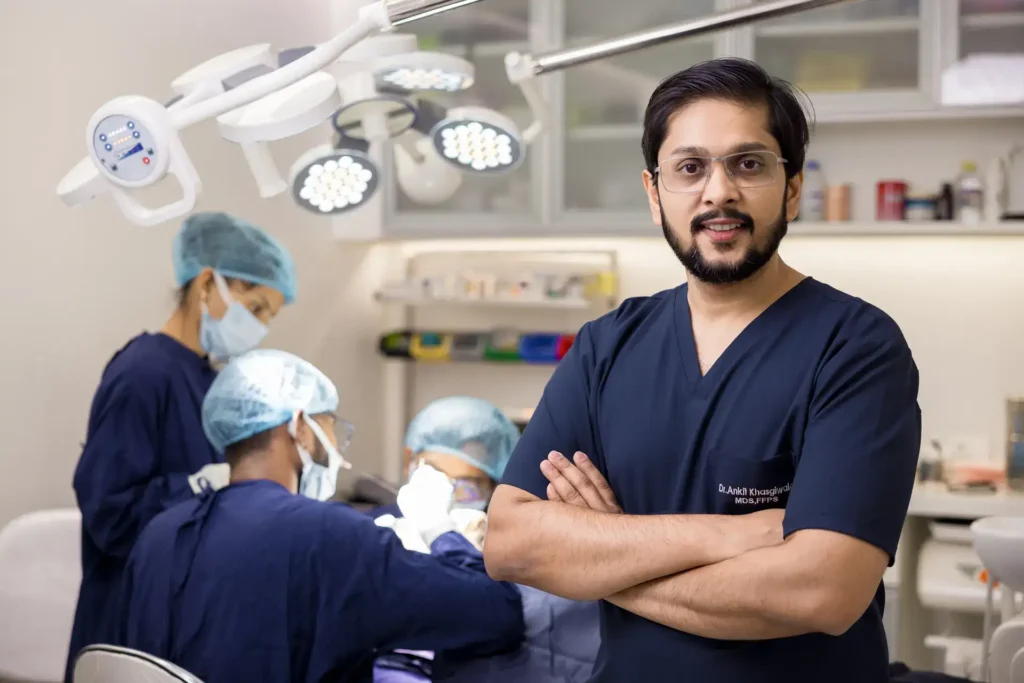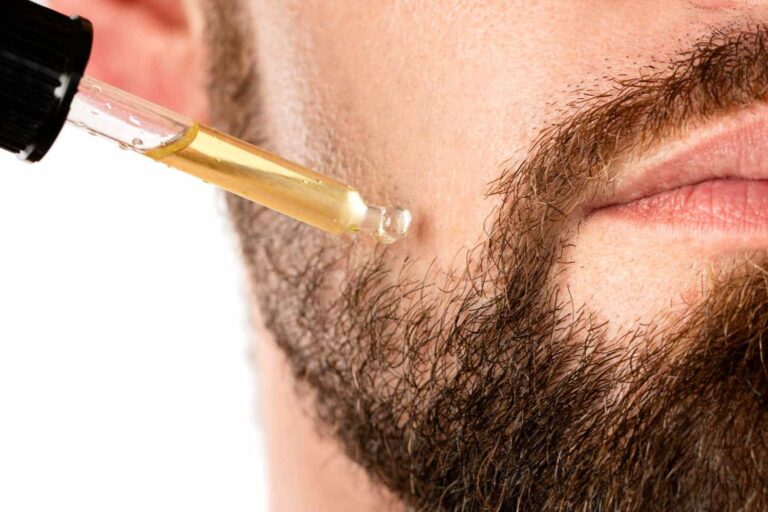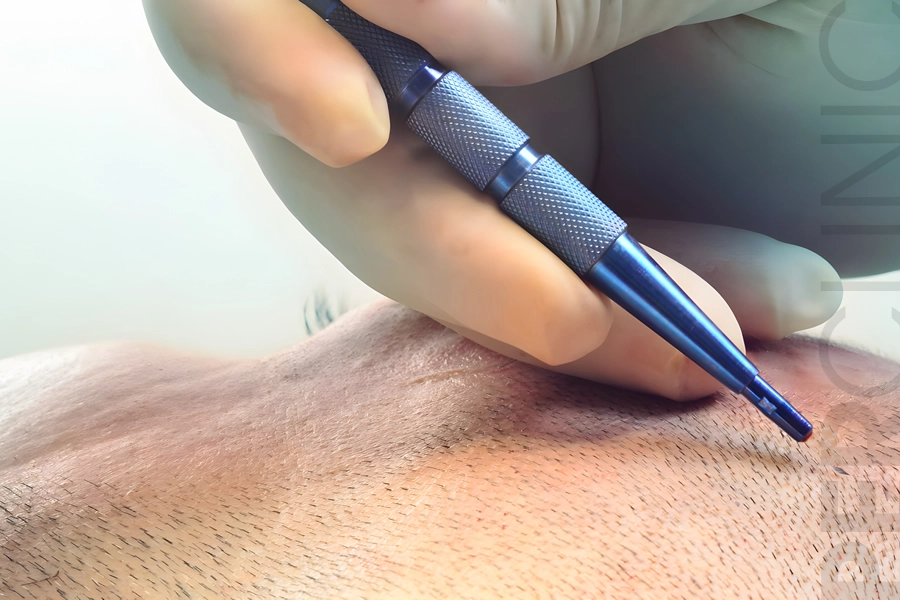Get a Masculine Beard Painlessly through Beard Hair Transplant in Indore.
- Home
- Beard Hair Transplant
Get a Masculine Beard Painlessly through Beard Hair Transplant in Indore.
- Home
- Beard Hair Transplant
Our Results
Results of Hair Transplants at Seraphic














Testimonials
Patient Video Testimonials
Understanding Hair Transplant
What Is Beard Hair Transplant?
A beard transplant mirrors a hair transplant, where hair grafts from the scalp’s back are relocated to the facial beard area. Using the Follicular Extraction Technique (FUE), it offers a natural and enduring solution. Your restored beard can be customized to your preferences, including trimming, coloring, and styling. Experience the ideal beard restoration at Seraphic.
Headline Here
Hair Transplant In Indore At Seraphic Hair Clinic
Our clinic boasts state-of-the-art technology and a team of highly skilled professionals dedicated to restoring your confidence. At Seraphic Hair, we use the latest techniques to ensure the highest standards of safety and precision, making us the top choice for individuals seeking effective hair transplants in India.
How the Beard Transplant Procedure Works
A beard transplant is performed using the FUE procedure, involving the extraction of approximately 1500-2000 hairs from the donor area. These hairs are then transplanted to the facial region under local anesthesia. In the recipient area, small slits are made for grafting. This intricate process demands precision, skill, and advanced equipment. Seraphic ensures the precise density, angle, and direction of the transplanted hairs, resulting in flawless outcomes. Minimal, inconspicuous scars naturally heal. Recovery and results align with the timeline of a standard hair transplant procedure.

Have a thin or patchy beard

Have burn marks or scars on the face

Want to get that rock star moustache, goatee, and sideburns

Want to create a natural-looking beard for female to male transgender men
Our Experts
Meet Our Doctors

Dr. Ankit Khasgiwala

Dr. Anil Soni
What happens after hair transplant?

What are the Alternatives to Beard hair transplant?
At Seraphic, we are matching steps with the latest global advancements in hair restoration techniques. We have many treatment options. After evaluating a patient’s needs, medical profile, and budget, we offer a customised solution that may or may not involve invasive treatment. A few alternatives to hair transplant are Platelet-rich Plasma (PRP) , Micro Pigmentation(SMP), and Minoxidil application.
Minoxidil application

Minoxidil (Rogaine) is a common treatment for hair loss on the scalp, but it may also be effective at stimulating hair growth on the face. Topical minoxidil is available in liquid and foam varieties. One drawback is that once you stop applying it, your new hair growth typically slows down and stops altogether.
PRP Therapy

PRP is used to promote new hair growth in balding areas and even reverse male pattern baldness, restoring the natural appearance in men.
Micropigmentation
In micropigmentation or commonly called as tattooing your doctor will deposit small dots of pigment (medical grade color ) in your beard skin. These dots will give appearance like small hair in your beard. The procedure is painless, has no side effects if done in safe hands and gives good look for around 3 years. Then it needs to be repeated.

Is Hair Transplant Safe?
Hair transplant procedures are generally safe when performed by qualified and experienced professionals. With advancements in technology and techniques, the risks involved have significantly minimized. At SERAPHIC Hair Transplant Clinic, we adhere to the highest medical standards and use state-of-the-art equipment to ensure the safety and well-being of our patients. Our team is committed to maintaining a sterile environment and following stringent protocols to guarantee a safe procedure.
Side Effects of Hair Transplant
Common side effects include scalp swelling, bruising, crust formation, itching, temporary hair loss, and folliculitis. These are usually temporary and subside within days to weeks. SERAPHIC provides comprehensive aftercare to manage any side effects effectively.
Is Hair Transplant Painful?
The procedure is done under local anesthesia, making it virtually painless. Post-procedure, mild discomfort may occur, but it is manageable with prescribed pain medications. SERAPHIC ensures maximum comfort throughout the process.
How Do We Take Care of Patient Safety in Hair Transplant?
Patient safety is our top priority. We conduct thorough pre-procedure evaluations, use sterilized equipment, and maintain a sterile environment. Our experienced professionals provide continuous monitoring and comprehensive aftercare instructions.
Why is SERAPHIC the Best Hair Transplant Clinic in Indore?
SERAPHIC is the best in Indore due to our experienced team, advanced techniques, personalized care, and exceptional results. We prioritize patient safety and comfort, making us the trusted choice for hair transplants.
Frequently Asked Questions
What is hair transplant?
A hair transplant is a surgical procedure where hair follicles are taken from one part of the body (usually the back of the scalp) and transplanted to an area with thinning or no hair.
Who is a suitable candidate for a hair transplant?
Suitable candidates for a hair transplant are individuals with stable hair loss, good overall health, and realistic expectations about the outcome of the procedure.
Does hair transplant is a painful procedure?
Discomfort during a hair transplant is usually minimal, as local anesthesia is administered to numb the donor and recipient areas.
What is the recovery time after hair transplant?
Recovery time varies, but most people can resume normal activities within a week. Full recovery may take a few weeks to a month.
Are there any risks or side effects associated with a hair transplant?
Like any surgery, there are potential risks, such as infection or scarring. However, these risks are generally low, and side effects are usually temporary.
How does hair transplant work?
Hair transplants typically involve the extraction of hair follicles from a donor area and their transplantation to the recipient area. There are two primary techniques: FUE (Follicular Unit Extraction) and FUT (Follicular Unit Transplantation).
What is the difference between FUE and FUT?
FUE involves individual extraction of follicles, while FUT involves removing a strip of tissue containing hair follicles. FUE leaves small, dot-like scars, while FUT results in a linear scar.
How long does hair transplant procedure take?
The duration varies based on the extent of the transplant, but it typically ranges from a few hours to a full day.
Are the results of hair transplant permanent?
Yes, transplanted hair is typically permanent. However, the longevity of results may vary based on individual factors.
When will the transplanted hair start to grow?
Transplanted hair usually sheds within a few weeks after the procedure, but new growth typically begins within a few months.
